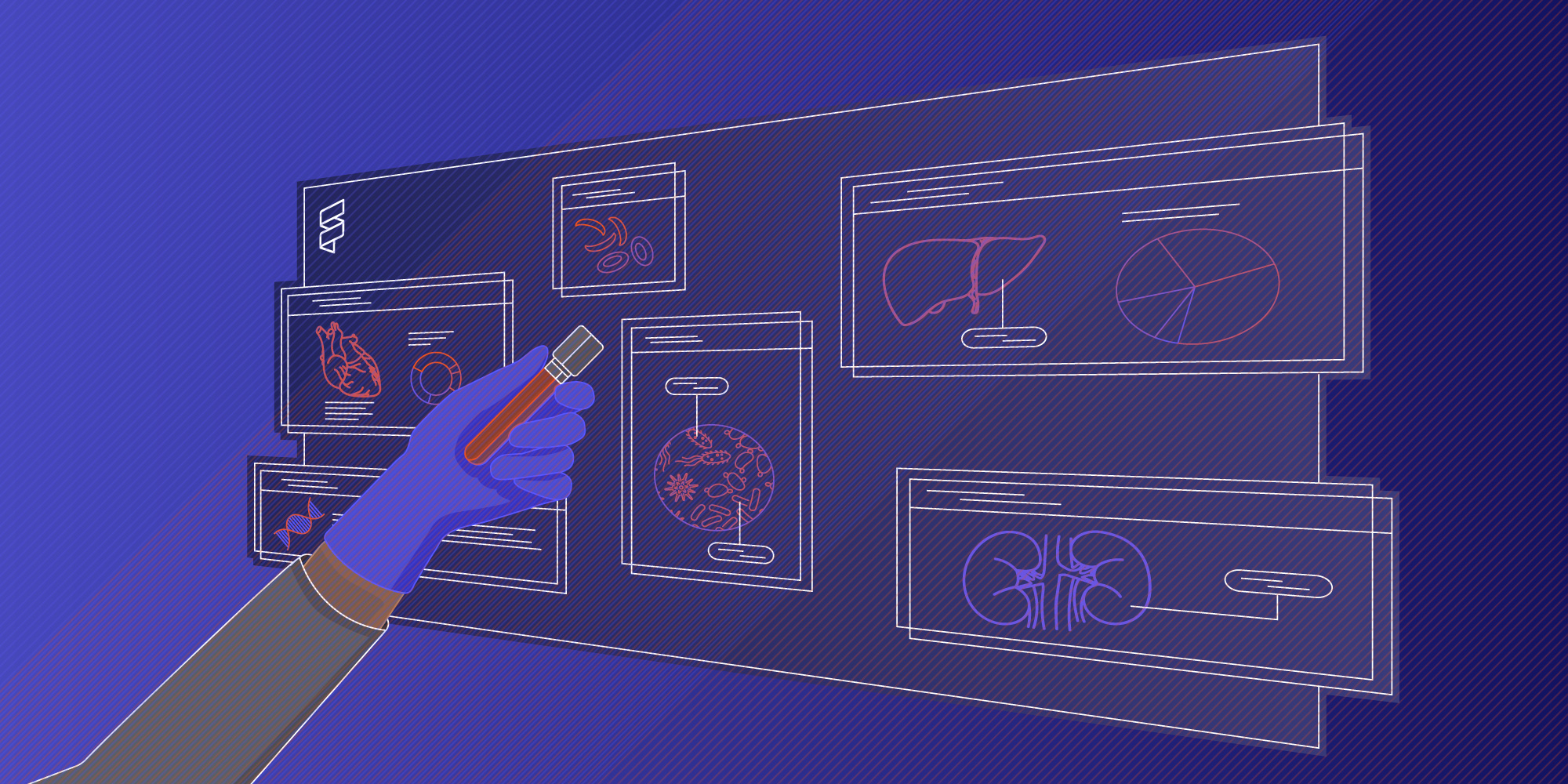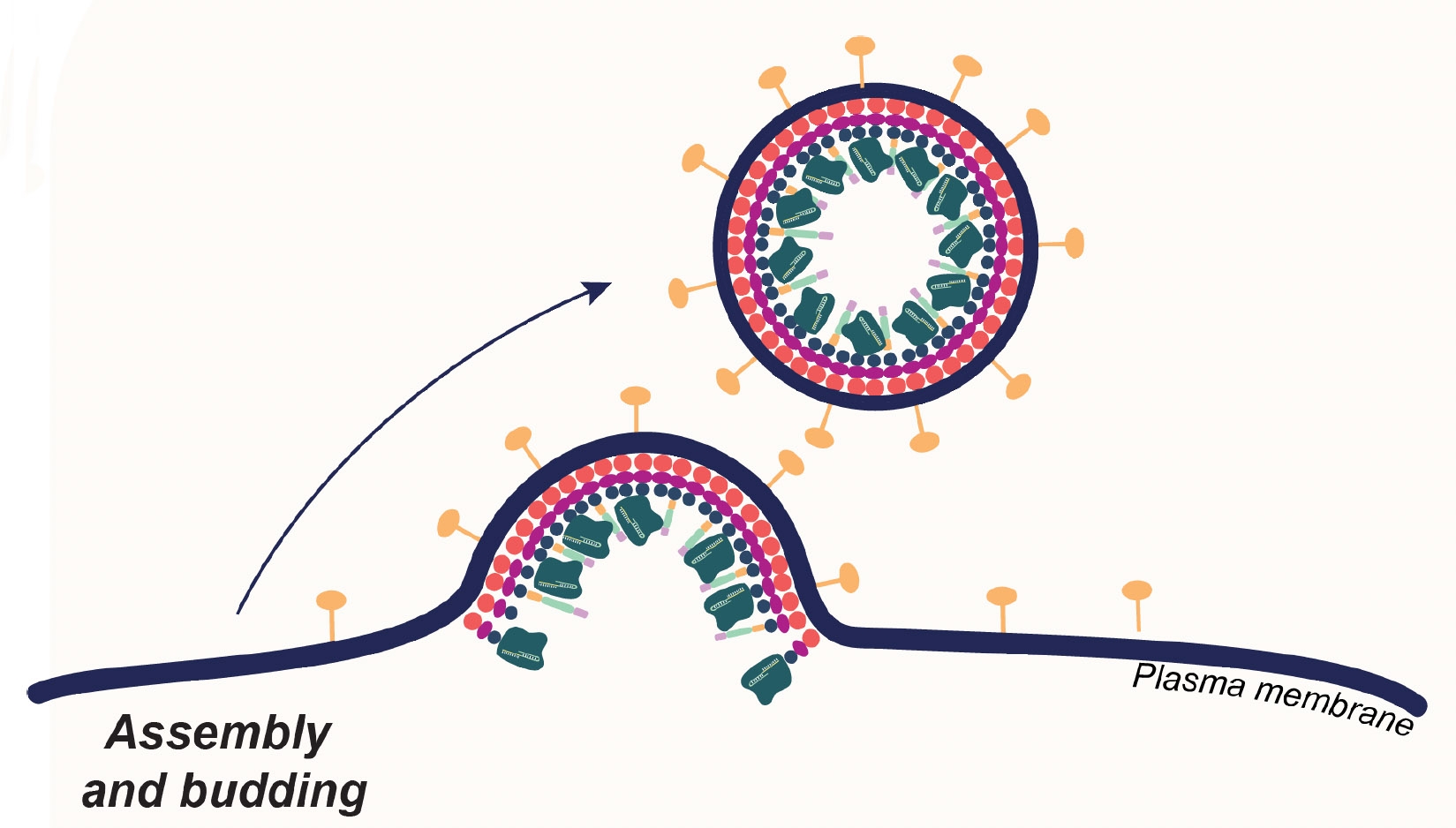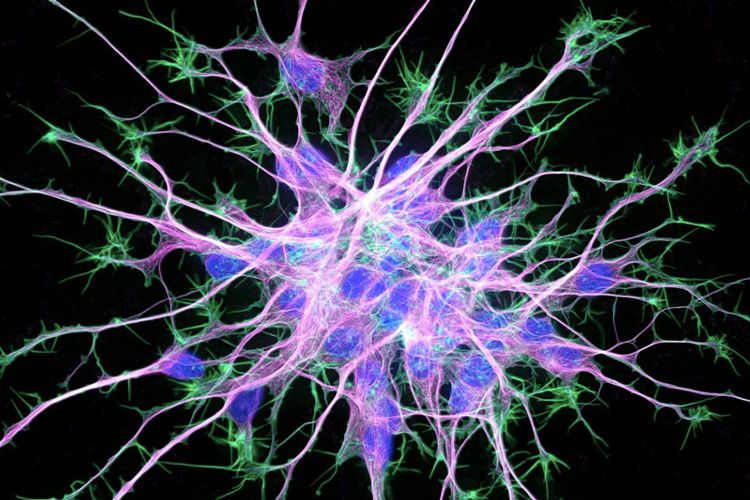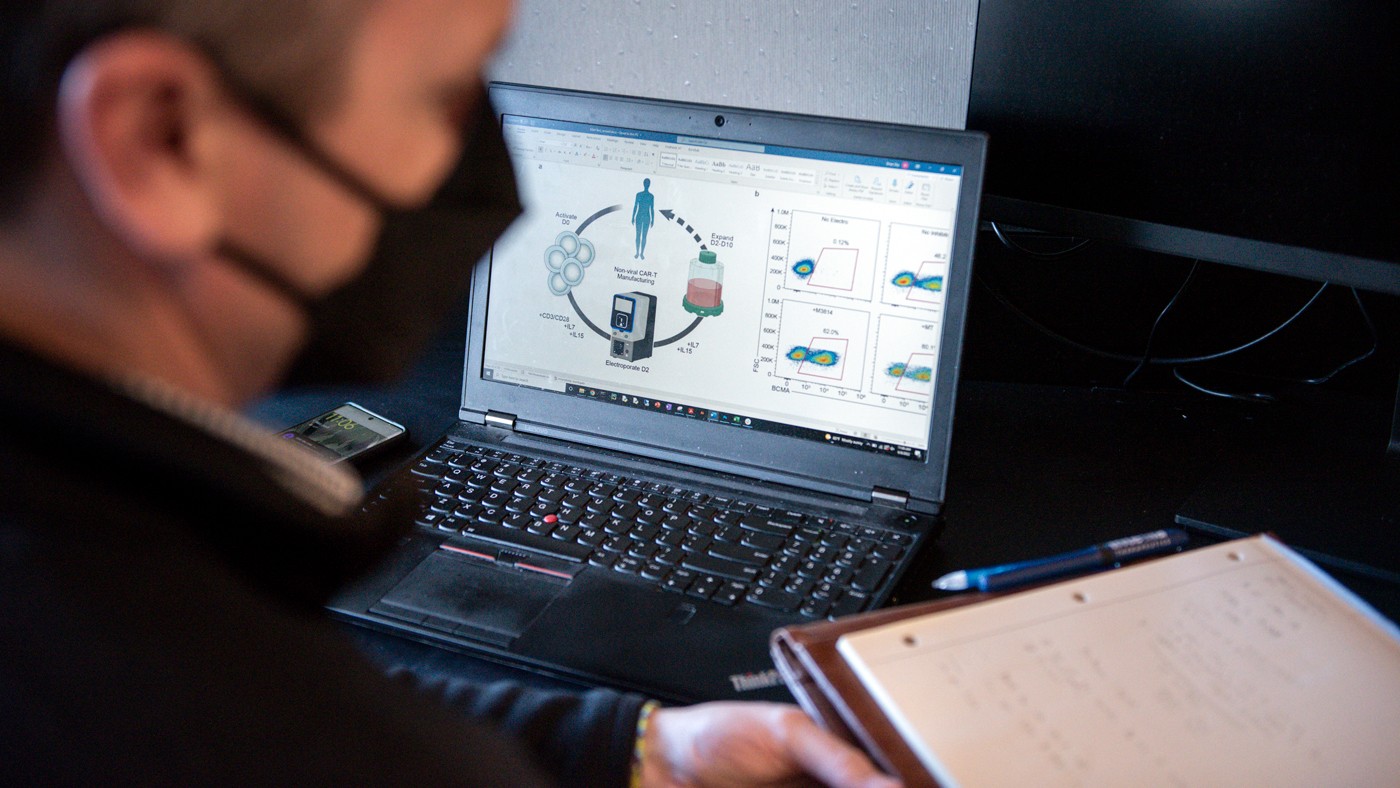
Improving Editing Efficiency with Degradable LNPs

How do genomic medicines get inside of cells? For lipid nanoparticles (LNPs), RNPs, siRNA, or any drug that is large at the molecular level, the cell uses a process called endocytosis. For genomic medicines, endocytosis is a double-edged sword: it allows the molecules to get into the cell, but once they are in the cell, it targets these foreign molecules to be destroyed.
In a new paper published this week in Nature Nanotechnology, Niren Murthy, an Investigator in IGI’s Delivery Collective and Professor and UC Berkeley’s Department of Bioengineering, introduces a new kind of LNP that shows dramatically increased editing efficiency in vivo — even in the brain, an organ that is notoriously hard to edit. This new LNP is engineered to disrupt the endosome so the active components within can escape being targeted for destruction. Murthy is collaborating with multiple labs to use the new LNP for variety of biomedical applications and is also working with a startup on potentially licensing it for translation.
Read the paper here.
 By
Hope Henderson
By
Hope Henderson



